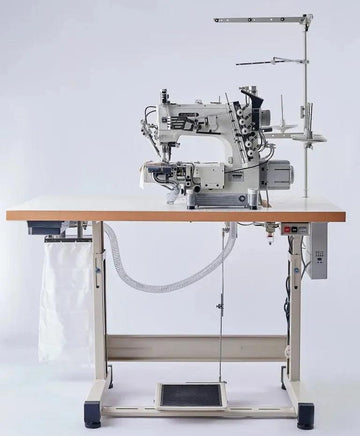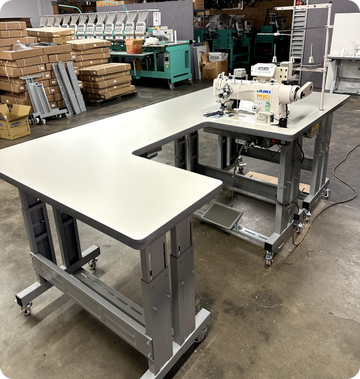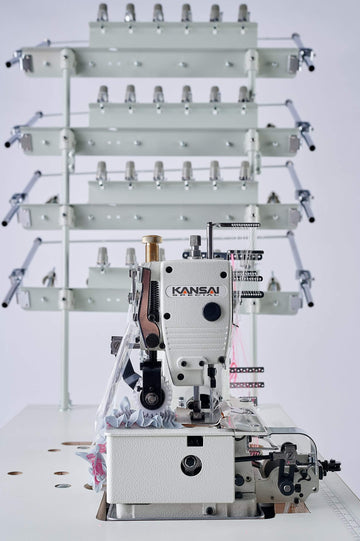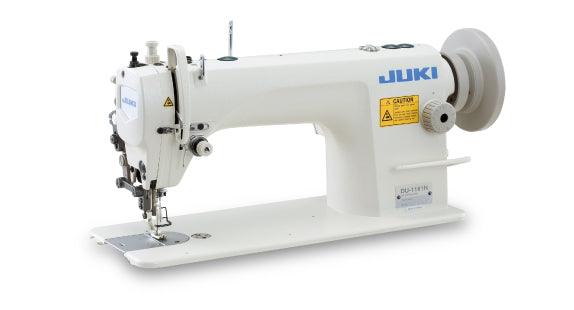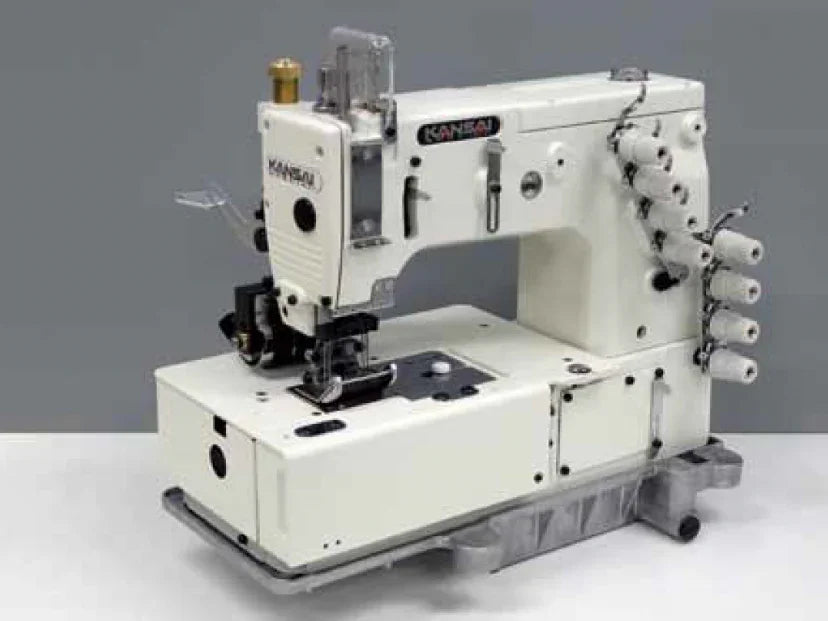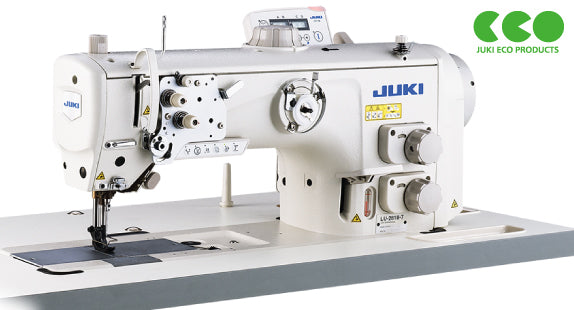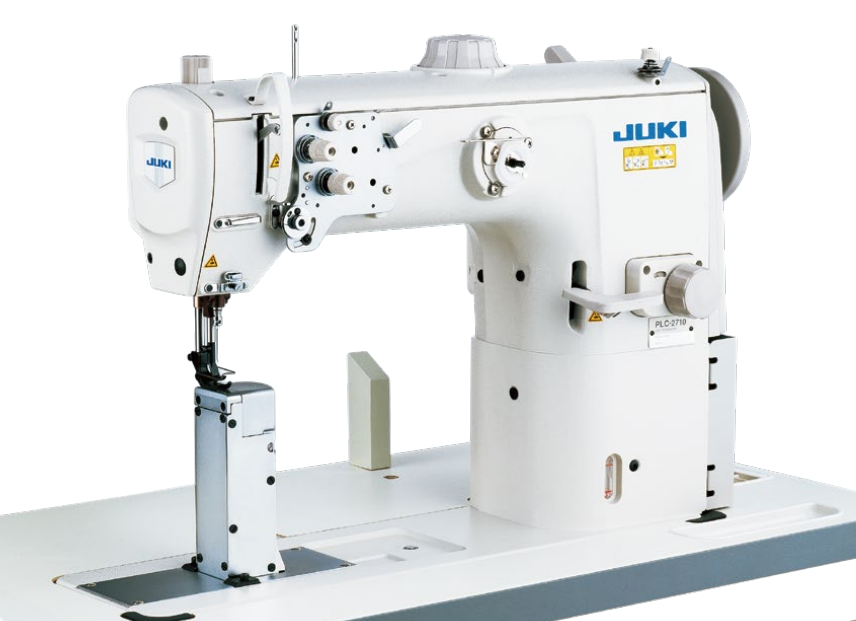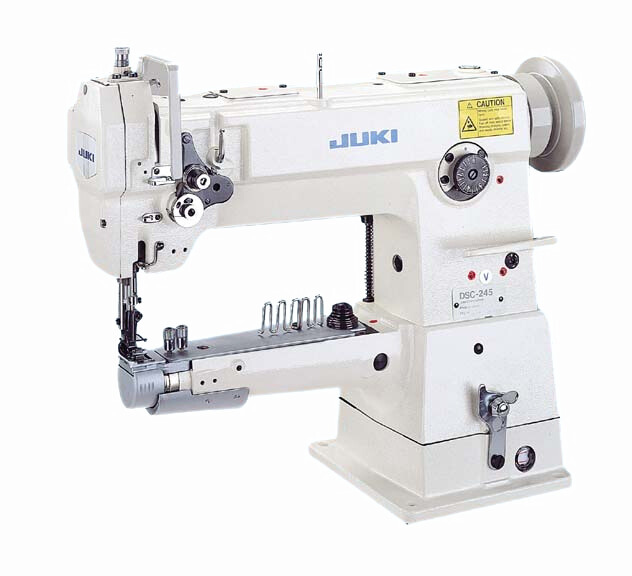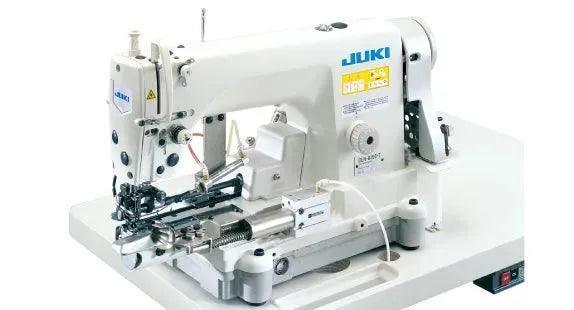Sewing Machine for Heavy Duty
- Basting Machine
- 2-needle chainstitch machine
- Postbed
40+ Years of Trust
Empowering top manufacturers since 1981
KANSAI Distributor
Best specialized machines & support
Lifetime Warranty
On all PRIZZI custom sewing tables
Quality Control System
Rigorously tested sewing tables for durability
BLACK FRIDAY SALE
The Biggest Discounts - Up to 50% OFF
days
days
hours
hrs
minutes
mins
seconds
secs
Industrial Lockstitch Machine Juki DU-1181N
Double Chainstitch Machine KANSAI DLR-1509PR 1/8-1/8-1-1/8-1/8
Industrial Lockstitch Machine JUKI LU-2828A-70BBS
Industrial Lockstitch Machine JUKI LU-2810A-70BBS
Industrial Lockstitch Machine JUKI PLC-2710SB
Industrial Lockstitch Machine DSC-246(V)U
Industrial Lockstitch Machine DLN-6390S7W0A/M51N/SC920C/CP18A
FAQ
What is a good heavy duty sewing machine?
A good heavy duty sewing machine is one built with a strong motor, metal frame, and durable feeding system to handle thick fabrics like denim, canvas, and leather; popular choices include the Singer Heavy Duty 4452, Janome HD3000, and Juki TL-2010Q.
What is a heavy duty sewing machine?
A heavy duty sewing machine is designed for sewing thick, layered, or dense materials with a stronger motor, reinforced components, and sturdier construction compared to regular domestic models, making it ideal for upholstery, bags, and workwear.
What size is a heavy duty sewing machine needle?
Heavy duty sewing typically uses needle sizes between 100/16 and 120/19, depending on the fabric thickness, with larger sizes (up to 140/22) used for leather or very dense materials.
How do you make a heavy duty sewing machine sew light fabric?
To sew light fabric on a heavy duty machine, switch to a smaller needle (like 70/10 or 80/12), lower the thread tension and presser foot pressure, and use a finer thread to prevent puckering or fabric damage.
What is the difference between a regular sewing machine and a heavy duty?
A regular sewing machine is designed mainly for lightweight to medium fabrics and general household sewing, while a heavy duty machine features a more powerful motor, stronger feed system, and reinforced parts to handle thick or multiple fabric layers without strain.
What sewing machine tension should be used for heavy duty fabrics?
For heavy duty fabrics, the upper thread tension is usually set higher than normal—often between 4 and 6 on standard machines—though the exact setting depends on the fabric, thread, and needle combination; testing on a scrap piece is the best way to fine-tune it.
- Featured
- Best selling
- Alphabetically, A-Z
- Alphabetically, Z-A
- Price, low to high
- Price, high to low
- Date, old to new
- Date, new to old
